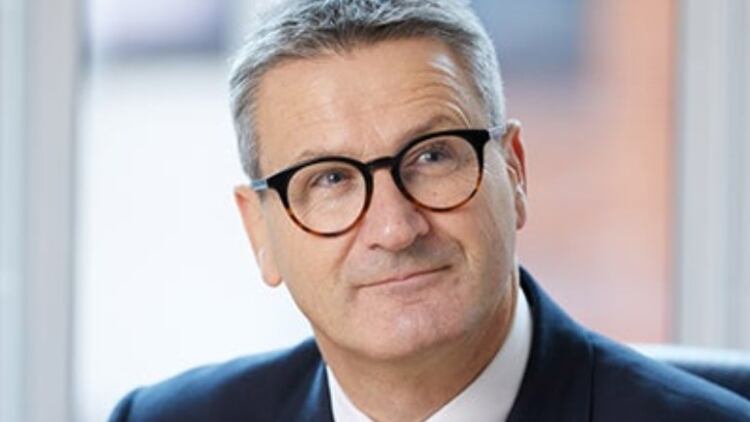As a result, we saw increased levels of transactional activity in the market.
Activity remained polarised with strong demand for assets under £600,000 and for prime properties with the mid-market proving to be more challenging.
Corporate buyers were responsible for much of the activity, particularly the tenanted pub companies, both as sellers and buyers.
It is encouraging that the number of pubs being sold across the market for continued use remains high.
Some 88% of the freehold pubs sold by Christie & Co in 2024 were for continued use, demonstrating the important role pubs play in local communities across the country.
QSR uptick
In the restaurant sector, it looks like we are starting to see a recovery in the casual dining sector, with brands looking for new sites and reporting an uptick in margins.
A particular success story of the last year is the quick service restaurant (QSR). Last year we saw a 10% increase in QSR outlets compared to a 26% decline in high street brand sites.
The rapid expansion of the likes of German Doner Kebab and Slim Chickens, alongside the continued growth of McDonald’s and Starbucks, is compelling.
Such is the growth and demand for drive-thru sites, we are finding their rents are now higher than in key city centres: the average London restaurant rent per square foot is £87 and in Manchester the average is £28, while drive-thru sites are up at £50 per square foot.
However, positive activity in the hospitality sector was reversed to a degree when it was announced in the Autumn Budget that employer’s national insurance contributions (NICs) will increase this year, alongside national living and minimum wage, resulting in a significant rise in labour costs across the industry.
Increase in supply of pubs
The sector faces headwinds, and as we begin 2025, this turbulence continues.
This year, we predict there will be more caution among buyers and operators – however, this will be offset by an increase in the supply of pubs coming to the market with opportunistic and serial investors taking confidence in downward pressure on interest rates.
The momentum we saw build in 2024 will continue and we expect to see an increase in transaction volumes, although the pricing of assets will need to reflect the operational challenges that exist.
The market will likely remain polarised with strong demand for assets under £600,000 and, at the prime end, and we also expect to see an increase in M&A activity and high levels of corporate buyer activity this year.

